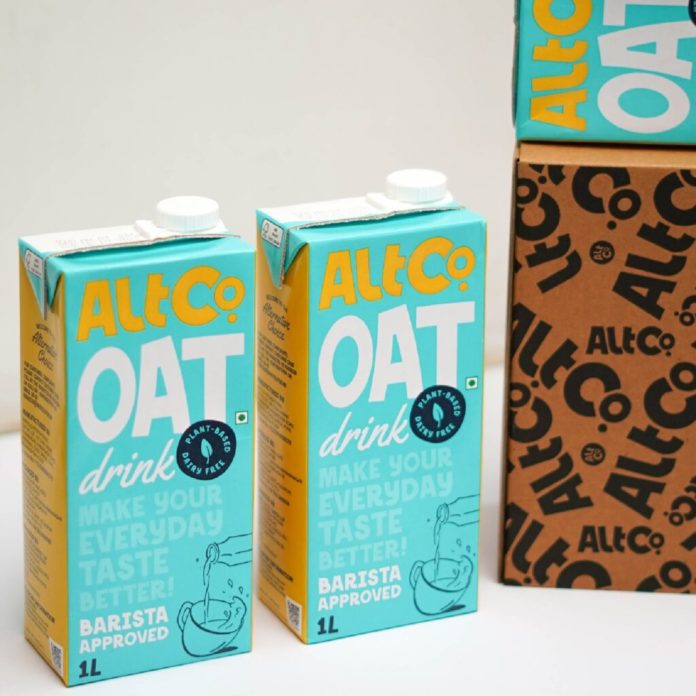In spite of the very fact that vegan and dairy-free products serve some basic concepts and limit your consumption of a number of the identical nourishment, they aren’t the identical. Vegan Milk is commonly referred as plant milk which implies plant based milk. Vegan milk is non-diary beverage. They ‘re made up of plants which are water based having aroma and flavors . In keeping with the reports, by 2021 around 17 plants are wont to manufacture plant milk from almond, oat, soy, and coconut and these are the highest-selling plant milks worldwide. Since 13th century, plant milks are consumed. The alternate names for organic vegan milk are plant-based milk, alternative milk, non-dairy milk. They’re compatible with vegetarian and their lifestyles. Plant milks may be extracted from the following:-
1) Grains
2) Nuts
3) Seeds
4) Legumes
5) Pseudo-cereals
Sometimes Plant milk is manufactured combining two differing kinds which is often referred as blend. For instance
, 1) Almond-Coconut Milk
2) Almond cashew Milk
There are some traditional Organic vegan milk recipes which include
- Kunu
This is a Nigerian beverage made of sprouts of millet or maize
- Sikhye
Made in Korea, and it’s a sweet Korean rice beverage
- Amazake
Made in Japan and it’s Japanese rice milk.
In western countries, plant milks are referred as milk substitutes. In other parts of the country, it’s traditionally consumed especially ones where there are higher rates of hereditary disease. Diary Milk Organic farming refers to the system of farm design and management practices for producing milk and other dairy products without the utilization of pesticides, synthetic fertilizers and antibiotics. Organic milk refers to variety of milk products from livestock raised in step with farming methods. The use of the term “organic” is to show that it’s real. Normally these regulations stipulate that livestock must be: allowed to graze, be fed an organically certified fodder or compound feed, not be treated with most drugs Organic milk differs from conventional milk in three specific ways: it must come from cows that are not treated with antibiotics, it must come from cows that don’t seem to be given any hormones for growth or reproduction, and it must come from cows that receive a minimum of 30% of their diet from pasture .
Any additional feed provided has been certified as organic and doesn’t contain any artificial additives. Benefits of organic milk:- By choosing organic milk, you’ll be able to get the nutritional benefits of milk without exposing your family to chemical contaminants. Numerous studies have found that organic milk includes a higher nutritional content, and even more healthy omega-3 fatty acids, and more disease-fighting antioxidants than non-organic milk. Organic versus inorganic Studies have examined chemical differences within the composition of organic milk compared with conventional milk. These studies generally suffer from confounding variables, and are difficult to generalize thanks to differences within the tests that were done, the season of testing and brand of milk tested, and since the vagaries of agriculture affect the chemical composition of milk. Treatment of the foodstuffs after initial gathering, the length of your time between milking and analysis, still as conditions of transport and storage, also impact the chemical composition of a given batch. The reason organic milk is healthier comes right down to its ratio of omega-6 to omega-3 fatty acids, which is below in regular milk. A diet containing too many omega-6 fatty acids and not enough omega-3s has been linked to cardiomyopathy , similarly as cancer, inflammation and autoimmune diseases. The differences are on the idea of some points like:-
1) Nutrition value
2) Chemicals
3) Health and safety
4) Taste
Compared to standard milk farms, organic milk farms produce significantly less milk per cow and price more to control. Organic dairy co-ops are a successful economic survival strategy for tiny to medium-sized producers within the American midwest . Organic milk accounts for 18% of milk sales within the US and was worth $2.5 billion. Organic milk contains around 50% more omega 3 fatty acids than non-organic milk.Regular milk has higher albeit safe and levels of drug residues, including antibiotics and growth hormones, than organic milk.
Alt co. offers you with best products. Check them out!


